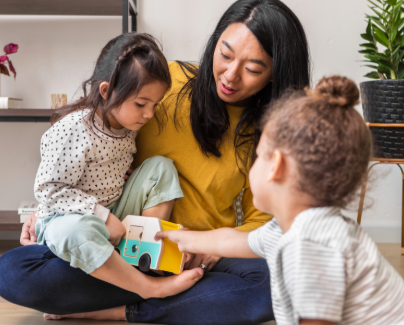Creating accessible classrooms is essential to ensure that every student has the opportunity to learn and succeed, regardless of their abilities or needs. By implementing inclusive practices and thoughtful design, educators can make learning environments welcoming and effective for all students.
1. Understand Diverse Needs
Begin by recognizing that students have varying abilities, including physical, sensory, cognitive, and emotional differences. Learning about these needs helps teachers adapt their instruction and environment accordingly.
2. Use Universal Design for Learning (UDL)
UDL is a framework that encourages flexibility in how information is presented, how students respond, and how they are engaged. By offering multiple means of representation, expression, and engagement, teachers can reach a wider range of learners.
3. Provide Flexible Seating and Layouts
Ensure that desks and seating arrangements allow easy movement for students using mobility devices. Flexible layouts also support group work and individual learning styles.
4. Incorporate Assistive Technology
Tools such as speech-to-text software, audiobooks, and screen readers can help students with specific learning needs participate more fully in lessons.
5. Use Clear and Consistent Communication
Use simple language, clear instructions, and visual supports. Repeat important information and check for understanding to ensure all students are following along.
6. Make Materials Accessible
Provide materials in various formats, including digital versions, large print, or Braille when needed. Ensure that digital content is compatible with screen readers and other accessibility tools.
7. Foster an Inclusive Culture
Encourage respect, empathy, and teamwork among students. Celebrate differences and provide opportunities for all voices to be heard and valued.
8. Provide Staff Training
Offer professional development on accessibility and inclusive practices so that all educators are equipped to support diverse learners.
9. Partner with Families and Specialists
Work closely with families, special educators, and therapists to understand students’ individual needs and to implement effective accommodations.
10. Evaluate and Improve Continuously
Regularly assess the classroom environment and teaching practices for accessibility. Gather feedback from students and adjust as needed.
By making these thoughtful changes, teachers can create classrooms that are not only accessible but also empowering for every student.






